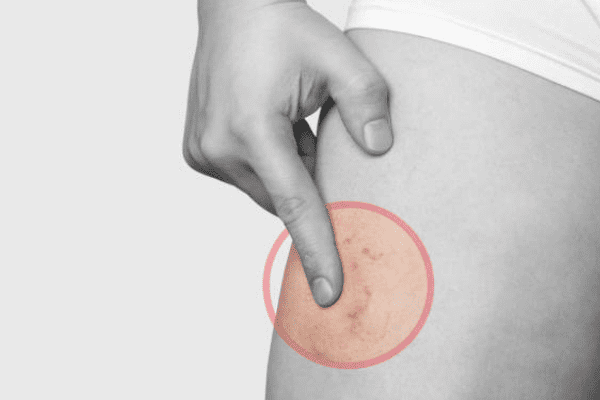Emergencies >>>> Medication hemorrhagic bleeding
Medication hemorrhagic bleeding.

Medication hemorrhagic bleeding - Medication hemorrhagic diathesis is more often capillary, less often large-vascular hemorrhages caused by overdose or improper use of indirect anticoagulants and / or heparin preparations.
Hemorrhagic diathesis associated with errors in the use of drugs based on indirect anticoagulants and / or heparin occur either during self-treatment with such drugs, or as complications of the treatment of thromboembolic complications and thrombosis.
The control of the correct use of remedies of this kind is a blood test for the prothrombin index, the value of which should not go beyond the lower limit of 20%. Low values of the prothrombin index indicate that the amount of substances (factors of the prothrombin complex - prothrombin and proconvertin) synthesized in the liver decreases in the blood. This blood composition leads to the appearance of hemorrhages in the skin, in the superficial muscle layer, causing visible hematomas and capillary bleeding under normal pressure on the skin or muscles, with minor injuries, as well as with subcutaneous and intramuscular injections. In addition, hematuria (the appearance of blood clots in the urine) can be observed, often accompanied by renal colic, as well as bleeding from the gastrointestinal tract associated with previously unidentified stomach or duodenal ulcers, which begin to bleed.
How to stop medication hemorrhagic bleeding (medication hemorrhagic diathesis)?
In the event of hemorrhages against the background of the use of indirect coagulants and / or heparin, these drugs are canceled and rehabilitation therapy is carried out taking into account changes in the prothrombin index.
Heparin, as a universal coagulant, is capable of causing bleeding of various localization, as it neutralizes or slows down all three phases of blood coagulation. Its antidote is a heparin antagonist - a 1% solution of protamine sulfate (0.1 mL neutralizes 85 U of heparin) - administered intravenously by drop or jet under the control of the prothrombin index.
Preparations of indirect coagulants (coumarin and phenylindandione derivatives) have a vitamin K antagonist (vicasol) and its synthetic analogs - this is an antidote for dicoumarin and its derivatives. Vitamin K1 is used as an antidote - for phenylin and omefin.
For profuse bleeding, blood transfusion and other hemostatic drugs (sodium chloride, calcium chloride, caproic acid preparations and others) are used.
After stopping drug bleeding, the corrected intake of indirect anticoagulants is resumed after a few days under the control of the prothrombin index.

Read

Read



























